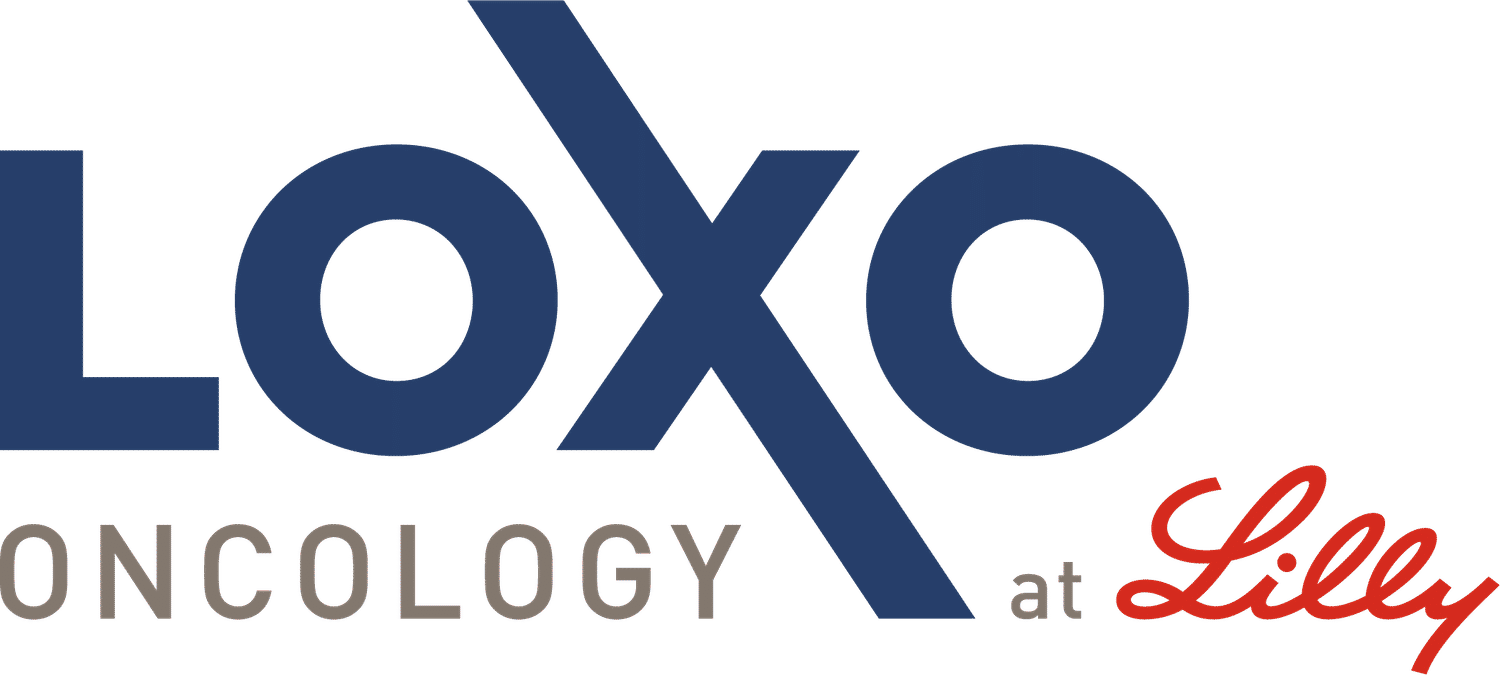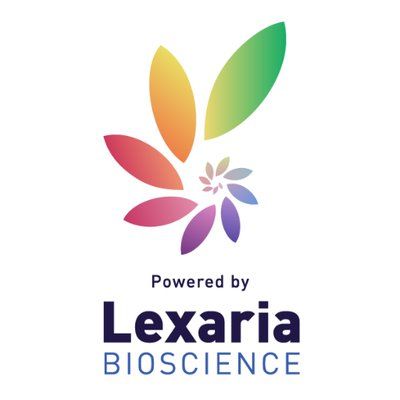预约演示
更新于:2025-05-07
Eli Lilly Nederland BV
更新于:2025-05-07
概览
标签
其他疾病
内分泌与代谢疾病
神经系统疾病
小分子化药
合成多肽
单克隆抗体
疾病领域得分
一眼洞穿机构专注的疾病领域
暂无数据
技术平台
公司药物应用最多的技术
暂无数据
靶点
公司最常开发的靶点
暂无数据
| 排名前五的药物类型 | 数量 |
|---|---|
| 小分子化药 | 12 |
| 合成多肽 | 3 |
| 单克隆抗体 | 3 |
| 诊断用放射药物 | 2 |
| 激素 | 2 |
关联
24
项与 Eli Lilly Nederland BV 相关的药物靶点 |
作用机制 焦谷氨酸 (3pE) 修饰型β-淀粉样蛋白抑制剂 |
在研机构 |
原研机构 |
在研适应症 |
非在研适应症- |
最高研发阶段批准上市 |
首次获批国家/地区 美国 |
首次获批日期2024-07-02 |
作用机制 BTK C481S抑制剂 |
原研机构 |
最高研发阶段批准上市 |
首次获批国家/地区 美国 |
首次获批日期2023-01-27 |
作用机制 GIPR激动剂 [+1] |
在研适应症 |
最高研发阶段批准上市 |
首次获批国家/地区 美国 |
首次获批日期2022-05-13 |
4
项与 Eli Lilly Nederland BV 相关的临床试验CTR20140504
一项随机、开放、干预性研究评估中国男性ED患者接受他达拉非每日一次给药后3个月的有效性(2.5 mg 和5 mg)和长期安全性
本研究的主要目的是通过治疗期间出现的不良事件(TEAE),和因不良事件(AE)导致的研究终止,评估中国男性勃起功能障碍(ED)患者接受他达拉非每日一次给药治疗12个月的安全性。
开始日期- |
申办/合作机构 |
CTR20202116
一项在接受滴定基础胰岛素治疗的中国2 型糖尿病患者中比较联合使用度拉糖肽1.5 mg 与联合使用安慰剂对血糖控制影响的随机、双盲试验
H9X-MC-GBGO(GBGO)研究的目的是,在接受滴定基础甘精胰岛素(伴二甲
双胍和/或阿卡波糖)治疗的中国成人2 型糖尿病(T2D)患者中,评估联合使用每周
一次(QW)度拉糖肽或联合使用安慰剂QW对血糖控制的有效性和安全性。
开始日期2020-12-07 |
申办/合作机构  Eli Lilly & Co. Eli Lilly & Co. [+3] |
CTR20132620
培美曲塞联合吉非替尼与吉非替尼单药一线治疗EGFR突变的IV期非鳞状NSCLC患者随机化2期临床试验
检验在吉非替尼治疗中增加培美曲塞,在患IV期非鳞状非小细胞肺癌和携带EGFR活化突变的初次化疗患者中的可延长无进展生存期(PFS)的假设。无进展生存期定义为随机化至首次出现客观证据确定的疾病进展或任何原因导致的死亡的相隔时间。
开始日期2013-08-15 |
申办/合作机构 |
100 项与 Eli Lilly Nederland BV 相关的临床结果
登录后查看更多信息
0 项与 Eli Lilly Nederland BV 相关的专利(医药)
登录后查看更多信息
3
项与 Eli Lilly Nederland BV 相关的文献(医药)2024-11-01·Journal of Alzheimer’s Disease
Demographics, comorbidities, and comedications in newly diagnosed patients with Alzheimer's disease and related dementias: Findings from United States Medicare claims data
Article
作者: Afonso, Ana Sofia ; Schroeder, Krista M ; Phipps, Adam ; Grace, Sarah ; Wang, Huabo ; Sims, John R
2023-03-31·Journal of the National Comprehensive Cancer Network
HSR23-101: Characteristics and Outcomes of Patients Treated With Selpercatinib in the Real-World: A Retrospective Study Using US Claims Databases
作者: Bhandari, Naleen Raj ; Zheng, Shen ; Bansal, Neha ; Duann, Chi-Wei ; Afonso, Anasofia
2009-05-20·Journal of Clinical Oncology
Phase II study of induction chemotherapy with cisplatin (Cis) and gemcitabine (Gem) followed by concomitant Cis-Gem and thoracic radiation (RTX) for unresectable locally advanced non-small cell lung cancer (LA-NSCLC)
作者: Colinet, B. ; Mentens, Y. ; Lambrechts, M. ; Rosier, J. ; Kraaij, K. J. ; Carestia, L. ; Verbeke, L. ; Driesen, P. ; Lonchay, C. ; Chouaki, N.
1
项与 Eli Lilly Nederland BV 相关的新闻(医药)2023-04-23
·医药地理
2022年医保目录中的协议期内谈判药品,西药涵盖消化道和代谢方面药物、血液和造血器官药、心血管系统用药、β-受体阻滞剂、调节血脂药、皮肤病用药、泌尿生殖系统药和性激素、除性激素和胰岛素外的全身激素制剂、全身用抗感染药、抗肿瘤药及免疫调节剂、肌肉骨骼系统药物、神经系统药物、呼吸系统药物、感觉器官药物、其他类共16种;中药涵盖内科用药、肿瘤用药、骨伤科用药、妇科用药、民族药共5个类别。2022年医保目录将从2023年3月1日起实施,本文将分析协议期内的消化道和代谢药物。数据来自于PDB药物综合数据库(pdb.pharmadl.com),CPM新药研发监测数据库(cpm.pharmadl.com)。糖尿病用药1.阿卡波糖咀嚼片:该药医保支付标准为0.465元(50mg/片),由杭州中美华东制药有限公司申报上市(2019.9.30)。从2022年阿卡波糖销售数据上看,排名前五的省份分别是广东省(14.11%)、北京市(10.92%)、辽宁省(9.95%)、山东省(8.58%)、湖北省(6.37%)。图1:阿卡波糖2022年样本医院各区域销售占比2.西格列他钠片:该药医保支付标准为2.92元(16mg/片),由成都微芯药业有限公司申报上市(2021.10.22),2022年销售额为17.97万元。图2:西格列他钠片历年销售情况3.艾塞那肽注射液:该药医保支付标准保密,限定支付范围为二甲双胍等口服降糖药或胰岛素控制效果不佳的BMI≥25的患者,最早由Eli Lilly Nederland BV引入国内(2009.5.8),但是批文已失效。随后,AstraZeneca AB也完成上市申报(2013.6.30),青海晨菲制药有限公司(2022.7.29)也通过了一致性评价。该药曾在2016年达到销售峰值4300万元,随后逐年下降,2022年销售额仅为400万元。图3:艾塞那肽注射液历年销售情况4.利拉鲁肽注射液:该药医保支付标准保密,限定支付范围为二甲双胍等口服降糖药或胰岛素控制效果不佳的BMI≥25的患者,最早由Novo Nordisk A/S引入国内(2011.3.4),杭州中美华东制药有限公司(2023.3.28)通过了一致性评价。自2018年以来,该药销售额呈现逐年上升趋势,并于2021年达到峰值4.42亿元,2022年销售额下降至3.49亿元。图4:利拉鲁肽注射液历年销售情况5.利司那肽注射液:该药医保支付标准保密,限定支付范围为二甲双胍等口服降糖药或胰岛素控制效果不佳的BMI≥25的患者,由Sanofi-aventis groupe引入国内(2018.2.7)。2020年和2021年,该药销售额达到了800万元左右,2022年销售额则锐减至61万元左右。图5:利司那肽注射液历年销售情况6.贝那鲁肽注射液:该药医保支付标准保密,限定支付范围为糖尿病,由上海仁会生物制药股份有限公司申报上市(2016.12.13)。该药自上市以来销售金额较为稳定,2022年的销售额为160万元。图6:贝那鲁肽注射液历年销售情况7.度拉糖肽注射液:该药医保支付标准保密,限定支付范围为二甲双胍等口服降糖药或胰岛素控制效果不佳的BMI≥25的患者,最早由Eli Lilly Nederland BV引入国内(2019.2.22)。该药在2021年销售额取得了质的飞跃,达到了1.19亿元,2022年销售额突破3亿元大关。图7:度拉糖肽注射液历年销售情况8.聚乙二醇洛塞那肽注射液:该药医保支付标准为110元(0.5ml:0.1mg/支)、187元(0.5ml:0.2mg/支),限定支付范围为二甲双胍等口服降糖药或胰岛素控制效果不佳的BMI≥25的患者,由江苏豪森药业集团有限公司申报上市(2019.5.5)。该药2021年销售额为3393万元,2022年为6983万元。图8:聚乙二醇洛塞那肽注射液历年销售情况9.司美格鲁肽注射液:该药医保支付标准保密,限定支付范围为成人2型糖尿病患者的血糖控制;在饮食控制和运动的基础上,接受二甲双胍和/或磺脲类药物治疗血糖仍控制不佳的成人2型糖尿病患者;降低伴有心血管疾病的2型糖尿病成人患者的主要心血管不良事件(心血管死亡、非致死性心肌梗死或非致死性卒中)的风险,最早由Novo Nordisk A/S引入国内(2021.4.27),2022年该药销售额为4.65亿元。图9:司美格鲁肽注射液历年销售情况10.艾托格列净片:该药医保支付标准保密,限定支付范围为二线用药,最早由Merck Sharp & Dohme BV引入国内(2020.7.29)。2021年,该药销售额仅为400万元,2022年则增长至2300万元。图10:艾托格列净片历年销售情况11.脯氨酸恒格列净片:该药医保支付标准保密,限定支付范围为成人2型糖尿病患者,由江苏恒瑞医药股份有限公司申报上市(2021.12.31)。图11:脯氨酸恒格列净片历年销售情况年度发布2023年《全球药研新动态》《中国医院市场用药格局》(2023版)2023年《数图药讯》权威发布2021年度中国医药工业百强榜单解读中国仿制药发展报告(2022版)医药行业通用报告中国医药中间体和原料药行业调研报告中国非甾体抗炎类原料药市场调研报告中国祛痰类原料药市场调研报告中国钙拮抗剂类原料药市场调研报告中国血管紧张素Ⅱ受体拮抗剂类原料药市场调研报告END如需获取更多数据洞察信息或公众号内容合作,请联系医药地理小助手微信号:pharmadl001
一致性评价医药出海
100 项与 Eli Lilly Nederland BV 相关的药物交易
登录后查看更多信息
100 项与 Eli Lilly Nederland BV 相关的转化医学
登录后查看更多信息
组织架构
使用我们的机构树数据加速您的研究。
登录
或

管线布局
2025年12月20日管线快照
管线布局中药物为当前组织机构及其子机构作为药物机构进行统计,早期临床1期并入临床1期,临床1/2期并入临床2期,临床2/3期并入临床3期
申请上市
1
20
批准上市
其他
3
登录后查看更多信息
当前项目
| 药物(靶点) | 适应症 | 全球最高研发状态 |
|---|---|---|
他达拉非 ( PDE5A ) | 肺动脉高压 更多 | 批准上市 |
多奈单抗 ( pGlu3Aβ ) | 阿尔茨海默病引起的痴呆症 更多 | 批准上市 |
培美曲塞二钠 ( DHFR x GART x TYMS ) | 恶性胸膜间皮瘤 更多 | 批准上市 |
艾塞那肽 ( GLP-1R ) | 2型糖尿病 更多 | 批准上市 |
巴瑞替尼 ( JAK1 x JAK2 ) | 斑秃 更多 | 批准上市 |
登录后查看更多信息
药物交易
使用我们的药物交易数据加速您的研究。
登录
或

转化医学
使用我们的转化医学数据加速您的研究。
登录
或

营收
使用 Synapse 探索超过 36 万个组织的财务状况。
登录
或

科研基金(NIH)
访问超过 200 万项资助和基金信息,以提升您的研究之旅。
登录
或

投资
深入了解从初创企业到成熟企业的最新公司投资动态。
登录
或

融资
发掘融资趋势以验证和推进您的投资机会。
登录
或

生物医药百科问答
全新生物医药AI Agent 覆盖科研全链路,让突破性发现快人一步
立即开始免费试用!
智慧芽新药情报库是智慧芽专为生命科学人士构建的基于AI的创新药情报平台,助您全方位提升您的研发与决策效率。
立即开始数据试用!
智慧芽新药库数据也通过智慧芽数据服务平台,以API或者数据包形式对外开放,助您更加充分利用智慧芽新药情报信息。
生物序列数据库
生物药研发创新
免费使用
化学结构数据库
小分子化药研发创新
免费使用


